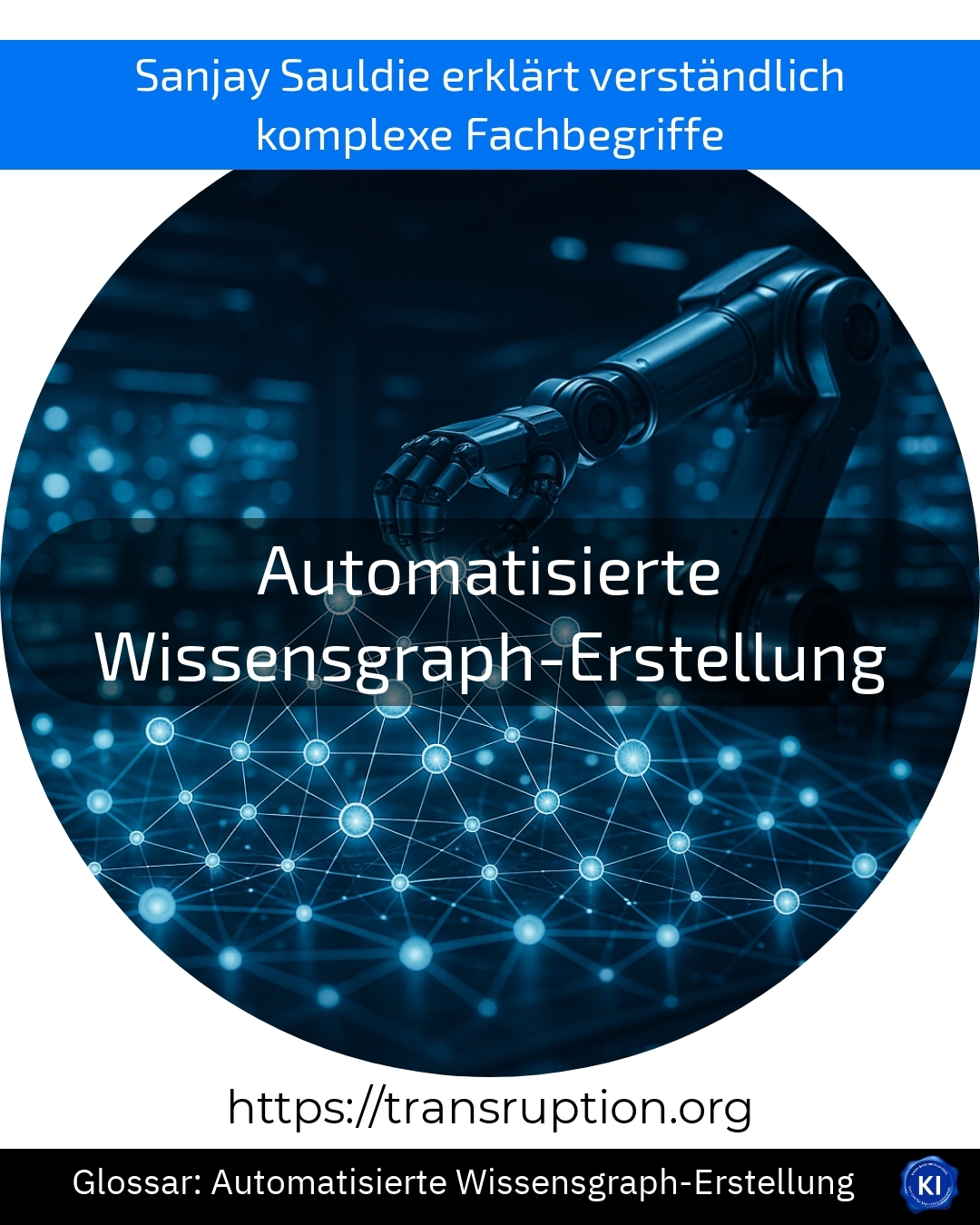The term "automated knowledge graph creation" is primarily used in the fields of artificial intelligence, big data, smart data and digital transformation. It describes a technical process with which information and correlations in large amounts of data are automatically recognised and structured as a so-called knowledge graph.
A knowledge graph is like a giant map of knowledge: Different terms (e.g. people, places, products) are represented as dots, and lines show how these terms are related to each other. With the support of automated systems - often based on artificial intelligence - such graphs can be constructed from texts, databases or the internet without much manual labour.
An illustrative example: Thousands of new products are added to a large online shop every day. Thanks to automated knowledge graph creation, the system can automatically recognise that product A belongs to the "shoes" category and is often purchased together with product B ("socks"). This helps the shop to make better product recommendations or to understand relationships in the product range.
Automated knowledge graph creation therefore makes it easier for companies to gain meaningful knowledge from confusing data and utilise it in a targeted manner.















